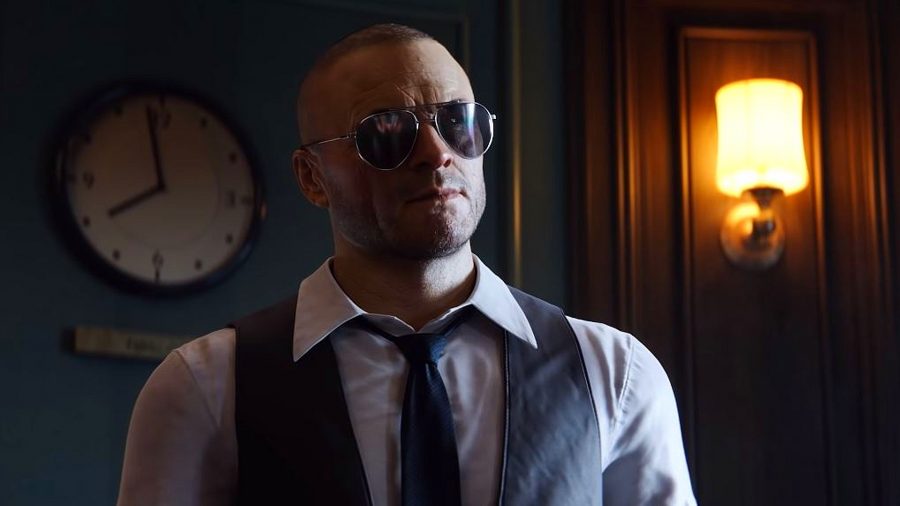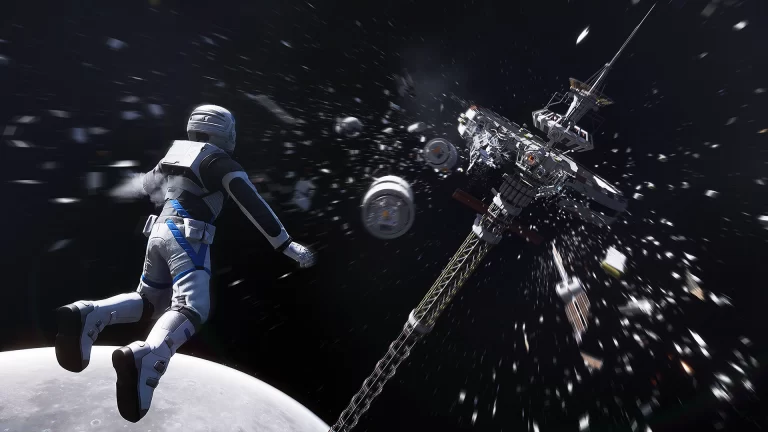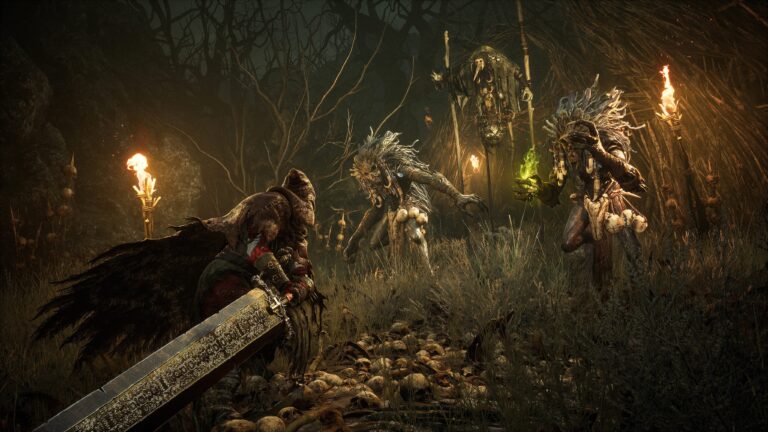Sequels are always under pressure to outdo their predecessors. Games that are spaced out over several years in development have the benefit of time, testing, and quality assurance to ensure that the final product is up to par and ready for an eager audience. However, franchises that release titles frequently are under even more scrutiny due to constant exposure and expectation. Failure to innovate or improve upon a formula set by a previous game on top of continual releases can lead to oversaturation, franchise fatigue, and a growing lack of interest among fans—and no franchise is always under such pressure than Call of Duty.
Cold War released to a similar reception of icy attitudes lambasting the game’s launch state. Combining the developmental issues of Cold War along with the breaking of rotation between the Call of Duty dev studios, problems were inevitable. Cold War was riddled with tech and content issues from the get-go. Console crashes were frequent and bugs were rampant. Singleplayer, multiplayer, and zombies map variety felt shallow when compared to previous franchise offerings.
Though the advent of the Season One update added additional content for players to sink their teeth into, as well as providing general game stability, Cold War still feels shallow and buggy at times.
Here are the three things that Cold War should strive to fix in its next update.
1. Melee Hit Detection/Animation
Gameplay is at the forefront of a multiplayer-driven franchise like Call of Duty. Weapons need to feel, handle, and play just right to justify their place in-game. Thankfully, Cold War allows for a variety of playstyles to flourish and be viable across its small pool of maps, unlike last year’s Modern Warfare, which favors camping.
Cold War lets players play however they want without giving one particular subset of loadouts an inherent advantage over the other. Every player will have strengths and weaknesses over others. Though at times games can be frustrating due to that one player running around with dual magnums or the MAC-10, matches mostly feel fair—except for a particular sub-class: Melee.
Using melee weapons in a first-person shooter already sets the user at an immense disadvantage over other players. However, there is something rewarding, satisfying, and plain fun about using a simple knife to cleave through droves of gun-toting opponents. It’s a high risk, high reward playstyle that rewards players with patience and reflexes to get the drop on their better-armed and ranged opponents.
The knife in Cold War is terrible.
A video by TheseKnivesOnly explained that the December update quietly changed the knife’s mechanics in-game and made it register hits only after its already long animation finished, reminiscent of Black Ops 4’s knife, which was universally hated before being fixed. Previously, the knife would kill immediately at the start of its animation before this update changed its function. Now, players can swing right in front of an enemy’s face, see the knife clearly make contact, and die for their troubles. Players will even have the stabbing animation play and still completely whiff the enemy.
There are countless videos flooding Reddit and YouTube detailing just how awful the knife currently feels and showcasing its impotence.
These feelings are further exacerbated after a recent update added the sledgehammer weapon, which can only be unlocked after players get 15 double kills with the knife across different games. Double kills must be stringed within 0.6 seconds of each other to count. With the way the knife currently feels, though more than possible, it’s more trouble than it’s worth.
The issue with this update is that the change was not explicitly stated in patch notes, compared to how the melee changes were in the beta. This leaves players confused as to whether the changes were what Treyarch intended the knife to be like or an unintentional bug that needs squashing.
Whatever the case may be, the developers at least need to acknowledge or explain the knife changes, and change it back because they were wholly unnecessary.
Knives in a gunfight are already weak by virtue, especially in Call of Duty.
2. Map Pool and General Map Fixes
Maps dictate how matches and firefights play out. Their geometry, elevation, and layout give players tools and strategies with which to work. Modern Warfare launched with 23 maps. Cold War launched with eight.
Activision has explained that it will continue to give free maps to players over the course of the game’s lifespan, which it has with Nuketown, Raid, and the Pines Mall; such a small pool of maps for a game of Call of Duty’s magnitude is atrocious. Far earlier titles launched with at least double Cold War’s amount.
Though each map feels unique and presents different strategies, games start to feel repetitive once players cycle through them. With such a small pool, gamers will be playing on the same maps constantly, quickly leading to fatigue and boredom.
There needs to be more variety added to the map pool for matches to feel fresh one after the other. The Black Ops bloc of Call of Duty has a wealth of maps Cold War can pull from and many set pieces from the campaign can be used to great effect as well. It’s a crying shame that so many opportunities were missed at launch and several months into Cold War.
Also, Treyarch, please brighten Miami. Just because it’s a night map doesn’t mean it has to be so dark and muddy.
3. Matchmaking
Matchmaking is an integral part of multiplayer shooters that cannot be overstated. Undertune it and players will feel like they are getting overwhelmed in every match. Overtune it and players will take forever finding matches. Make it skill-based and that’s how one gets Cold War.
The matchmaking dilemma has been a standout issue since day one of Cold War, beaten to death by professionals, content creators, and casuals alike. The game pits players of “equal skill level,” which is probably calculated by players’ kill-death ratio, for all of its matches to ensure that games won’t feel one-sided. This is great on paper and sounds like it will make every game competitive for players, which is not inherently a bad thing.
However, the matchmaking does this for every single match, meaning that lobbies will never stay intact upon match completion, sending almost every player a different way depending on their performance. This actually makes matches feel wildly inconsistent.
One game, players will feel like they are at the top of their game while the other they feel like they just installed the title for the first time. This wild performance roller coaster is what every player goes through and doesn’t facilitate consistency and player skill growth. Bouncing between lobbies of varying skill levels prevents the development of certain in-game skills and practice due to how wildly different rounds feel from each other. Matchmaking wait times may even be longer depending on player performance due to this system.
Also, due to how competitive each match feels, every game feels like a sweatfest. If players don’t do their absolute best and pull out their A-game, it’s easy to get swept, along with some particularly encouraging words from fellow teammates. This is how casual matchmaking is.
In a future update, the developers should make it an option for players whether they want skill-based matchmaking on or off to suit their game preference. If players want matches curated to their skill and performance, they can leave the option activated. If players want to be more laid back and mess around, maybe do nothing but run melee weapons all match, they can turn the option off.
It’s a win-win alternative that benefits all players.
No related posts.






